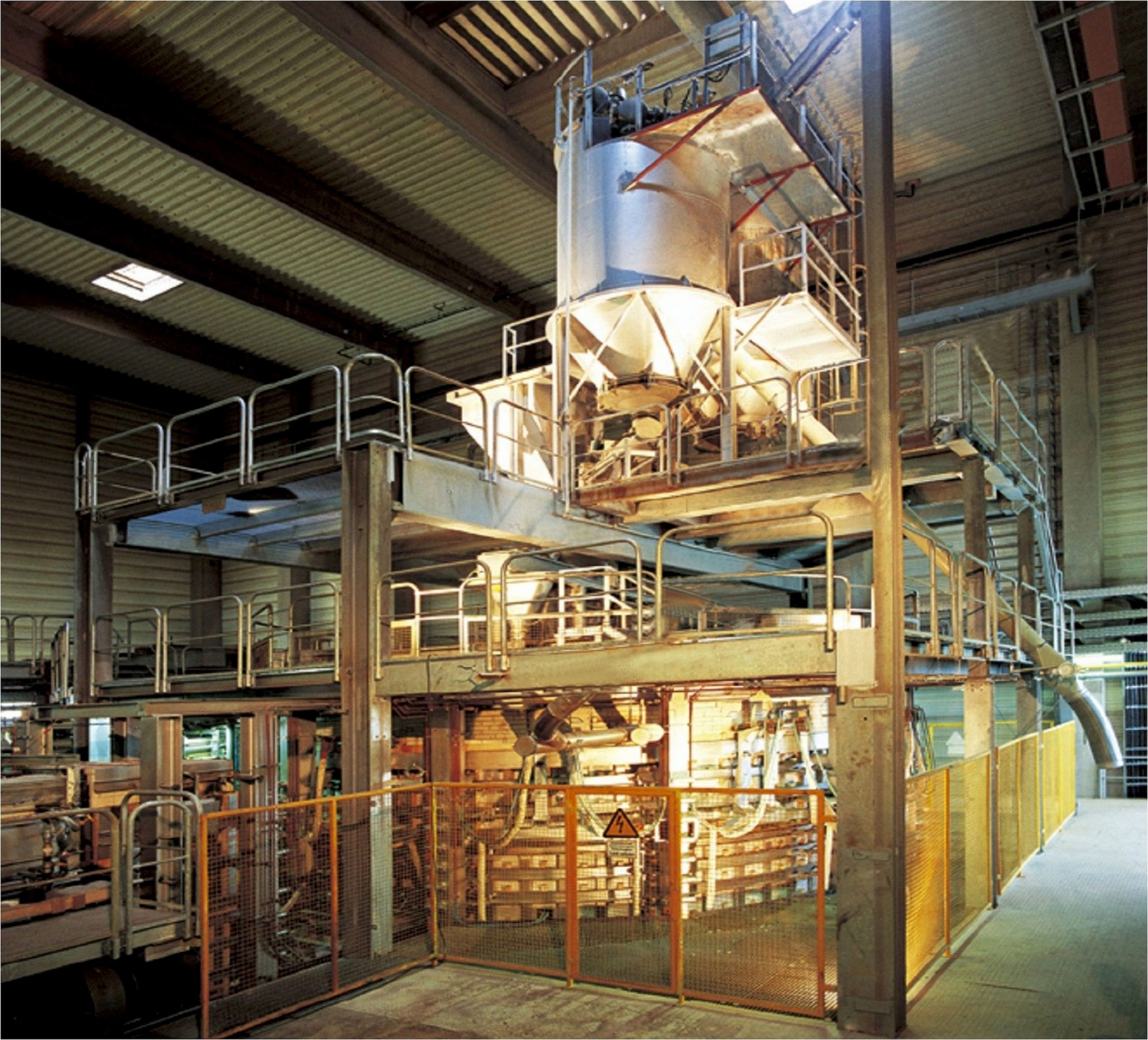
Electric melting is nothing new. SORG patented the VSM® cold‐top vertical furnace in 1970, and our first applications of electric melting can be traced back to the 1960s.
Since then, over 100 ‘Vertical Super Melters’ have been supplied, producing all kinds of glass, especially high-quality glassware. With only one moving part, the rotating crown batch charger and enclosed superstructure of the VSM® ensure low energy consumption, low waste and a dust-free factory environment.

We have also provided more than 500 electric booster systems to traditional fossil-fired furnaces worldwide. And as an independent supplier, we can apply them to any make of combustion furnace.
Today, our innovative, ever improving technology continues to optimise productivity and reduce emissions.

With an entire department dedicated to electric melting, SORG mostly uses this sustainable energy to boost the capacity of fossil-fired melters. An independent supplier in over 70 countries, these tailor-made systems can be applied to any furnace.
Electric boosting improves capacity, flexibility and quality, while our cold-top, all-electric VSM® furnace has an incredibly low energy consumption and small carbon footprint.
Our Electric Melting team supports customers at every stage. From technical development and pre-engineering within the quotation phase, to in-house calculations and design, right through to technical documentation, maintenance support and a free after-sales service.

As the glass industry looks forward to more sustainable melting, SORG is looking back. Half a century ago to be precise, when we patented the first all-electric VSM® furnace.
Watch our exclusive interview with Volker Müller, the Head of SORG’s Electric Melting Department. Volker shares the many benefits this sustainable technology brings. From electric boosting, which improves capacity, flexibility and quality, to the incredibly low energy consumption and small carbon footprint of SORG’s cold-top, all-electric melter. You can also find out how we’re dedicated to addressing climate change, with the ultimate aim of zero emissions.